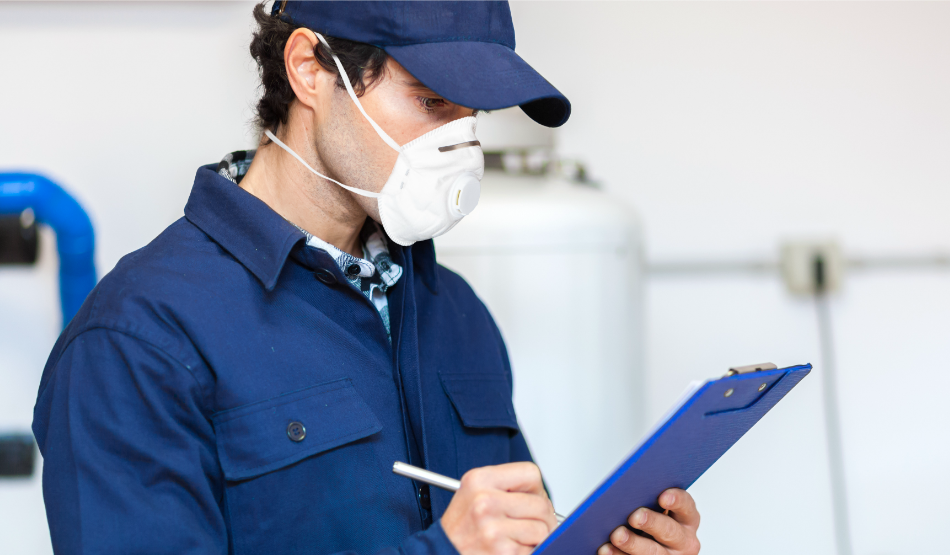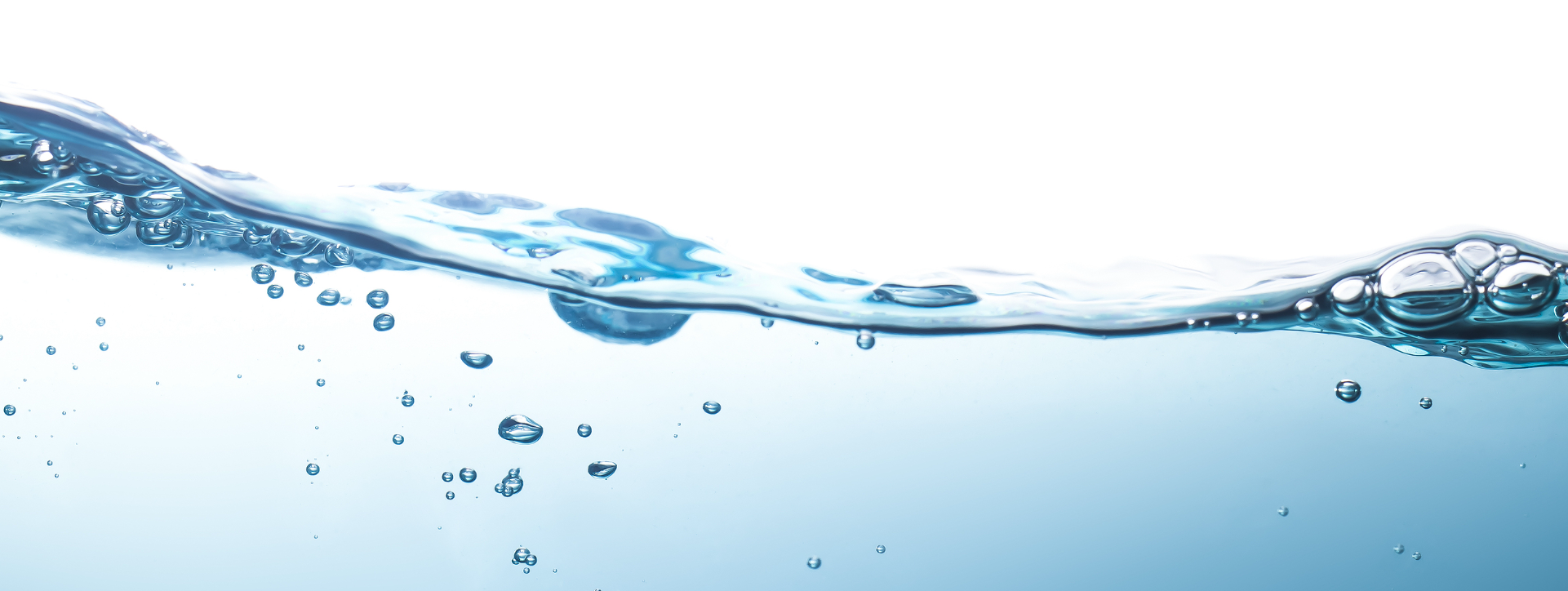Reporting Legionella: What You Must Do

When it comes to Legionella sampling, there’s no legal duty to report positive results to authorities such as the Health and Safety Executive (HSE). However, if Legionella is detected, the site is required to take appropriate action under the Health and Safety at Work etc. Act 1974 and the Control of Substances Hazardous to Health (COSHH) Regulations, as the presence of the bacteria poses a health risk.
Guidance from HSG274 Part 2 outlines the recommended action levels for hot and cold water systems following Legionella sampling.
If someone is diagnosed with Legionnaires’ disease and the case is work-related, it must be reported under the Reporting of Injuries, Diseases and Dangerous Occurrences Regulations (RIDDOR).
This guide covers why Legionella bacteria is dangerous, why high counts must be reported, how to fulfil Legionella reporting requirements, and the vital function of Legionella risk assessments in this.
What Is Legionella Bacteria and Why Is It Dangerous?
Legionella is a type of bacteria found commonly in natural freshwater environments, like lakes and rivers. It can also be found in purpose-built water systems. Legionella is only dangerous when the conditions that allow excessive amounts of colony-forming units are allowed to proliferate:
- No temperature regulation: The optimal temperature window for Legionella colonies is 20-35°
- No regular flushing: When water is allowed to sit still for periods of time, like in storage tanks and low-use pipes, Legionella has time to form large colonies undisturbed
- No regular disinfection: Not cleaning water systems properly leads to the build-up of limescale and other bacteria which is the perfect nutrition for Legionella
When these conditions combine, Legionella reaches dangerous levels that can cause harm to humans when infected water droplets are breathed in. It can cause a selection of illnesses known under the collective term of legionellosis. The most serious form is Legionnaires’ disease, a potentially fatal form of pneumonia.
Legionella Reporting Requirements
Legionella Risk Assessments
Finding the results than enable Legionella reporting is done through Legionella risk assessments and Legionella testing.
A risk assessment is a combination of physical and administrative checks that identify and assess sources of risk in your water systems. They include:
- Identifying potential risk sources like the conditions described above
- Taking temperature readings at key points in the water systems
- Assessing water hygiene
- Identifying management responsibilities, including identifying the designated competent person who is responsible for Legionella assessments and reports
- Taking water samples to be sent to a lab for analysis

Legionella Risk Assessment Reports
According to the HSE’s guidance in relation to Legionnaires’ disease, keeping records of findings from Legionella risk assessments is required if you have five or more employees on your site.
The guidance states that written Legionella reports should include details of the:
- person or persons responsible for conducting the risk assessment, managing, and implementing the written scheme
- significant findings of the risk assessment
- written control scheme and details of its implementation
- details of the state of operation of the system, ie in use/not in use
- results of any monitoring inspection, test or check carried out, and the dates
You need to retain records for at least five years. An example of a Legionella risk assessment report can be found on the HSE website.
Legionella Reports for Landlords
It’s important for landlords to ensure the health and safety of their tenants. If landlords fail to comply with HSE’s document ACOP L8 and its accompanying Technical Guidance HSG274, they can cause harm to tenants by exposing them to large amounts of Legionella bacteria. This can result in serious illness and resulting legal action.
Legionella risk assessments and the reports they produce help to avoid this. Having a Legionella risk assessment completed identifies sources of risk and enables landlords to implement a monitoring and control scheme which includes written reports of findings. This is a vital tool in ensuring the safety of tenants and in complying with legal requirements.
How We Can Help With Legionella Reporting
Guardian Hygiene Services are trusted providers of professional Legionella risk assessments in the UK. With memberships and accreditations from key industry bodies like CHAS, Constructionline, SafeContractor, and the BSI, we are the best people for the job.
Our technicians are experienced and equipped to assess commercial and residential properties in line with the latest legislation. All of our Legionella services include our online management regulatory compliance system which collects, stores, analyses and communicates Health, Safety and Environmental compliance records on demand.
Speak with our specialist advisors for more information or fill out a simple enquiry form to find out how we can help you.

